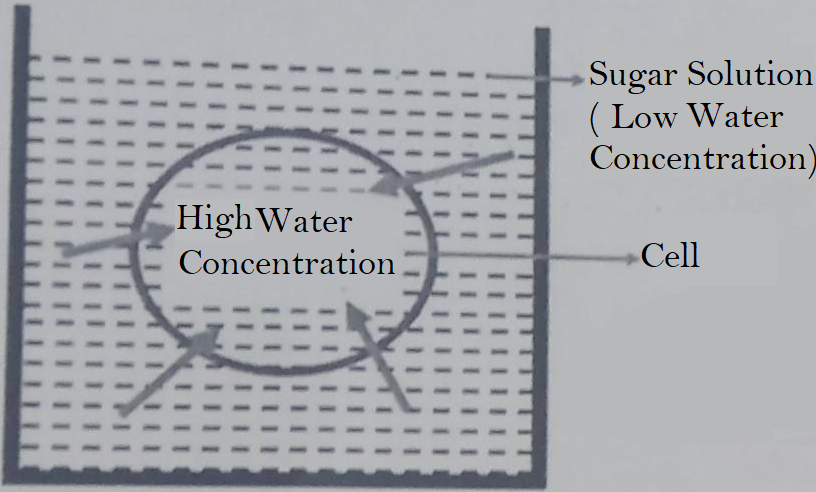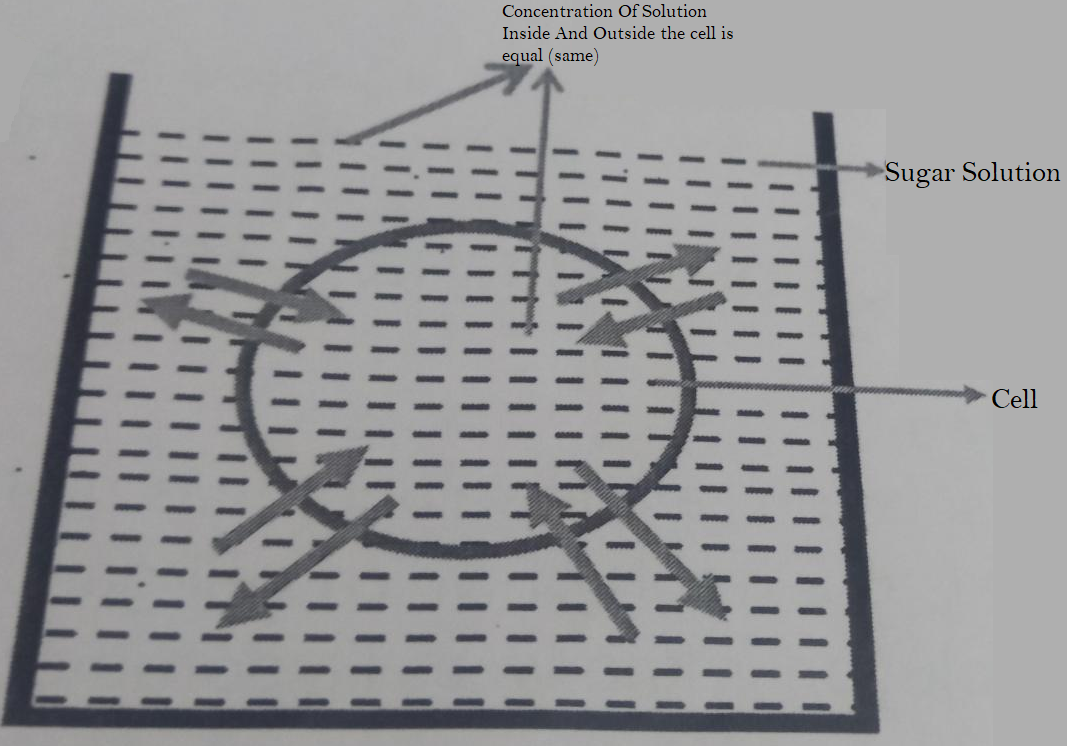ASSIGNMENT
(Some Important Question)
Fundamental Unit Of Life | Chapter -5
Q1. Define the following terms:
(a) Diffusion (b) Osmosis (c) Endosmosis
(d) Exosmosis (e) Plasmolysis
Q2. Who discovered Cell and how?
Q3. Why plasma membrane is called selectively permeable membrane?
Q4. Write difference between Prokaryotic and Eukaryotic Cell (at least 6 points)
5. Plasma membrane is made up of _______________
6. Cell wall is made up of _______________
7. How do substances like CO₂ and Water move in and out of the Cell?
8. Explain the type of solution on the basis of concentration?
Answers Of These Questions
Ans 1-
- Diffusion- It is the Spontaneous movement of a substance from high concentration region to low concentration region through plasma membrane. Oxygen and Carbon dioxide can move across the Plasma membrane by diffusion process.
- Osmosis- The movement of water molecules through plasma membrane from high concentration region to low concentration region is known as Osmosis.
- Endosmosis- It is the water from outside to inside the cell which kept in Hypotonic which cause swelling in the cell.
- Exosmosis- It Is the movement of water from inside to outside the cell, which kept in hypertonic solution which cause shrinkage of the cell
- Plasmolysis- When a living plant cell loses water through osmosis there is shrinkage or contraction of the contents of the cell away from the cell wall. This phenomenon is called plasmolysis.
Ans 2-
Robert Hooke discovered Dead cell. In 1665, Robert Hooke examine the thin slice of cork taken from bark of tree through self – designed microscope of primitive microscope Robert Hooke observed cork slice consisting of many little compartments or rooms (hexagonal). In Latin language these little rooms are called cell.
Ans 3- Plasma membrane is called selectively permeable membrane because it allows the entry and exit of selected material inside and outside the cell.
Ans 4-
Difference between Prokaryotic and Eukaryotic Cells
Prokaryotic Cell
- It is smaller in size 1-10 µm (micro-metre).
- Nuclear region is not well defined
- Single chromosome is present.
- Membrane bound cell organelles are absent.
- Nucleolus is absent
- Example- Bacteria
Eukaryotic Cell
- It is larger in size 5-100 μm.
- Nuclear region is well defined.
- More than one chromosome are present.
- Membrane bound cell organelles are present
- Nucleolus of present
- Example- Amoeba
Ans 5- Plasma membrane is made up of proteins and lipids.
Ans 6- Cell wall is made up of Cellulose.
Ans 7- Through plasma membrane substances like CO₂ move in and out of the Cell by the process of Diffusion.
Ans 8-
TYPES OF SOLUTION ON THE BASES OF CONCENTRATION
Hypotonic Solution- It is a dilute solution is the solution has higher water concentration than inside the cell as a result of which cell gain water and swells up, may be burst. Such solution is known as Hypotonic Solutions
- Cell gain water and swells up process is known as Endo-Osmosis.

Hypertonic Solution- It is a concentrated solution i.e. the solution has lower concentration of water than inside the cell, as a result of which cell loose water and shrink by Osmosis. Such as solution is known as Hypertonic solution.
- Cell loose water and shrink i.e. Exo-osmosis

Isotonic Solution- The Solution has some water concentration as inside the cell, then there no overall movement of water and the cell size remains same.
Amount of water enter inside the cell is equal to the water move outside the cell